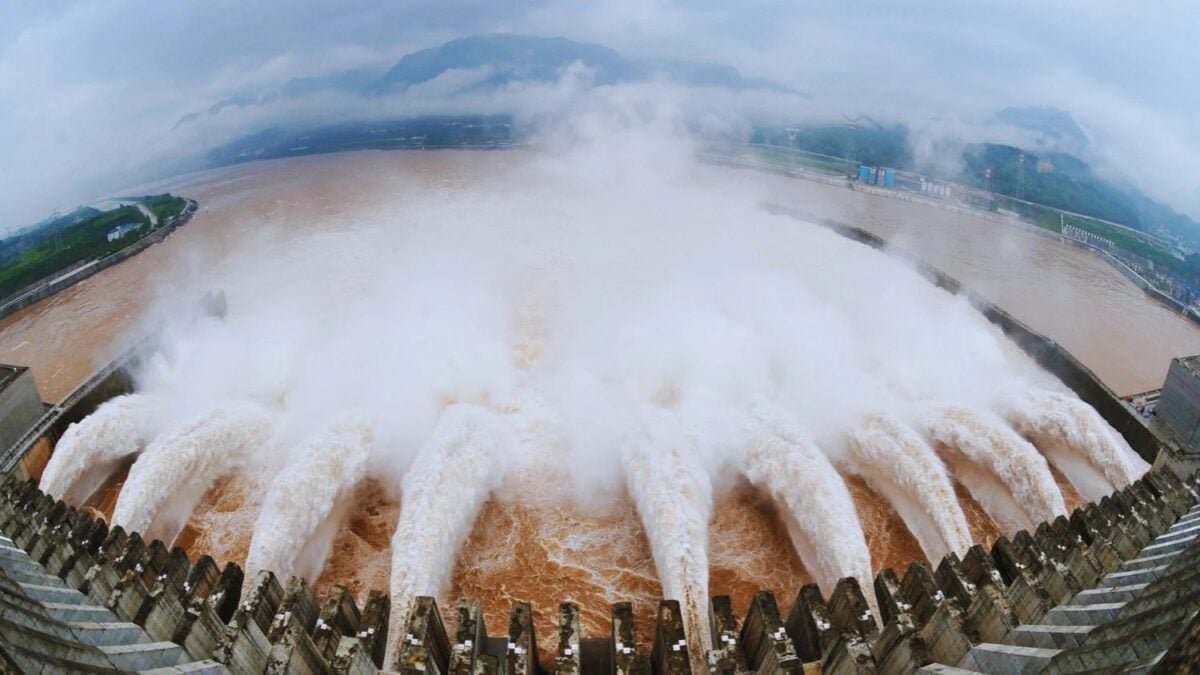The Chinese Hydroelectric Project: A Game-Changer in Global Energy and Geopolitics.

In the depths of Tibet, nestled amidst a breathtakingly rugged landscape, a groundbreaking project is underway to revolutionize hydroelectric energy. Set along the Yarlung Zangbo River, this ambitious initiative spans 50 kilometers and encompasses five cascade power stations, harnessing a natural drop of over 2,000 meters. With an estimated annual production of 300 billion kWh – equivalent to the entire United Kingdom’s consumption – the project has the potential to power 300 million people. China’s investment of $170 billion and a target completion date of 2033 signify a significant leap towards the country’s 2060 carbon neutrality goal, marking a pivotal shift away from coal dependency.
Engineering marvels and environmental concerns intertwine as the project navigates the treacherous terrain of one of the world’s most rugged regions. Tunnels stretching up to 20 kilometers beneath the Namcha Barwa mountain will redirect water through the Yarlung Tsangpo Grand Canyon. Despite objections from environmental groups highlighting the risks of ecosystem disruption and displacement of Tibetan communities, the government maintains a firm grip on the project, quelling any local opposition.
Beyond its energy implications, the project’s control over the Yarlung Zangbo River – which transforms into the Brahmaputra upon exiting China – grants Beijing a strategic advantage over neighboring India and Bangladesh. Both nations are wary of potential fluctuations in river flow, fearing the consequences of abrupt floods or droughts. This initiative not only showcases energy innovation but also underscores China’s influence over transboundary rivers, shaping the energy and geopolitical landscape of Asia for decades to come.




